Pedals Pt. 4: Pedal Chain Configuration!
This Summer She Shreds has hosted monthly workshops at our HQ in Portland, OR, based on the subjects of guitar, management, and recording. In May we focused on restringing your guitar, and June was all about pedals.



It’s official: you now know about effect types, power supplies dos and don’ts, cables and after this you will have been able to understand the placements of your pedals on your board better!
Let’s be honest: there’s really no right way to order your pedals, no matter how adamant people on the internet can get on the subject. That being said, pedals work in different ways depending on where they are in the chain.
The more traditional way to order a pedalboard is sometimes said to be:
Feel free to reference pt. 1 of our series to understand the effects below.
Tuner -> Wah -> Compressions/Limiters/etc. -> Dirt -> EQ -> Modulation (flanger, etc.) -> Ambiance (delay, etc.)
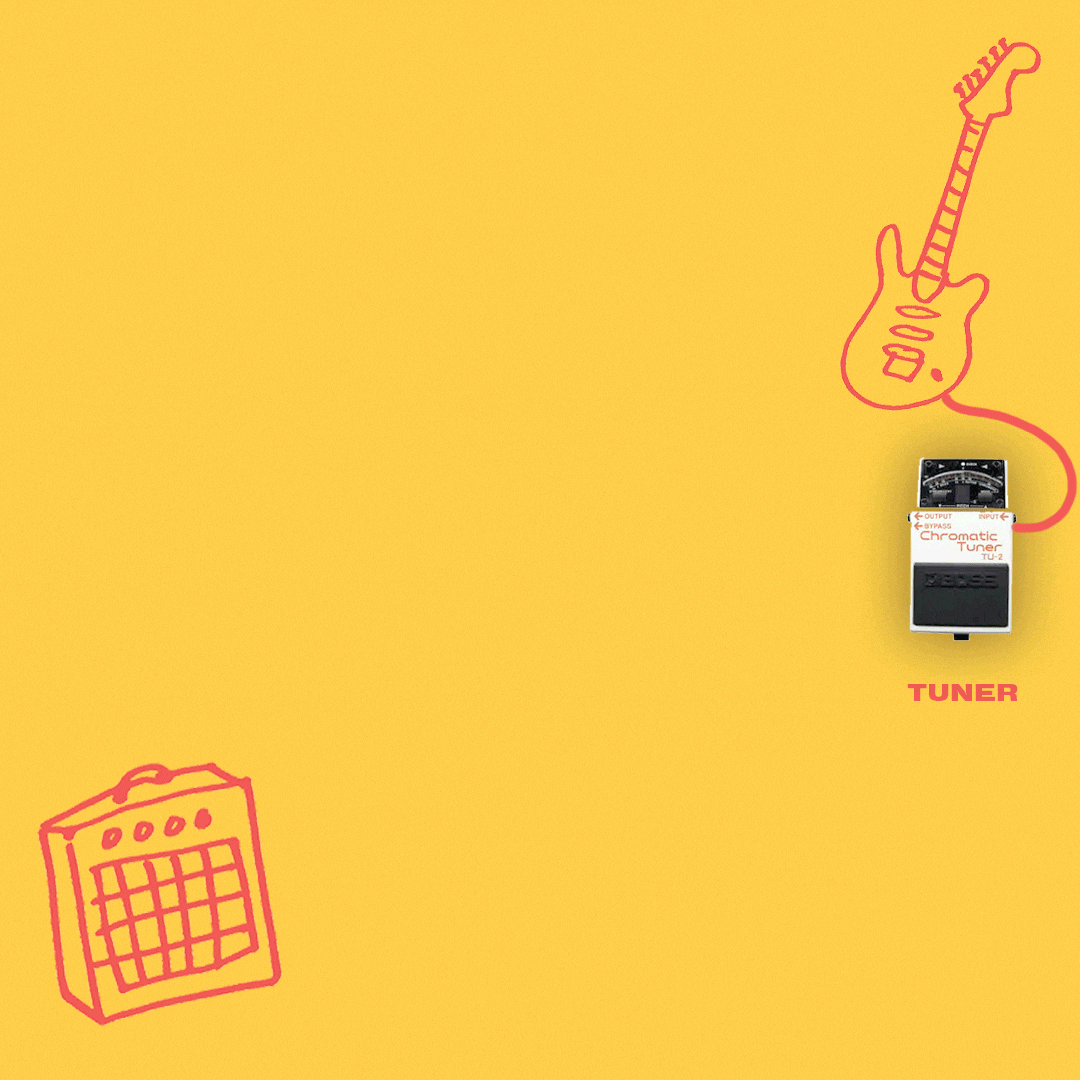

In this instance, you can either put the volume pedal before the chain, allowing you to cut signal before it goes to any pedals, or after the chain, allowing the signal to be affected by all pedals before you cut signal to the amp.
The important thing to remember is that whatever pedal you put AFTER another pedal is going to affect the pedal before it. So a good way to pick a pedal order is to think about what pedals you want to affect each other and how.
A Good Example for This Is a Looping Pedal!
Say you have a chain that consists of Looper, Delay, and Distortion.
If you set up your chain Looper -> Distortion -> Delay:
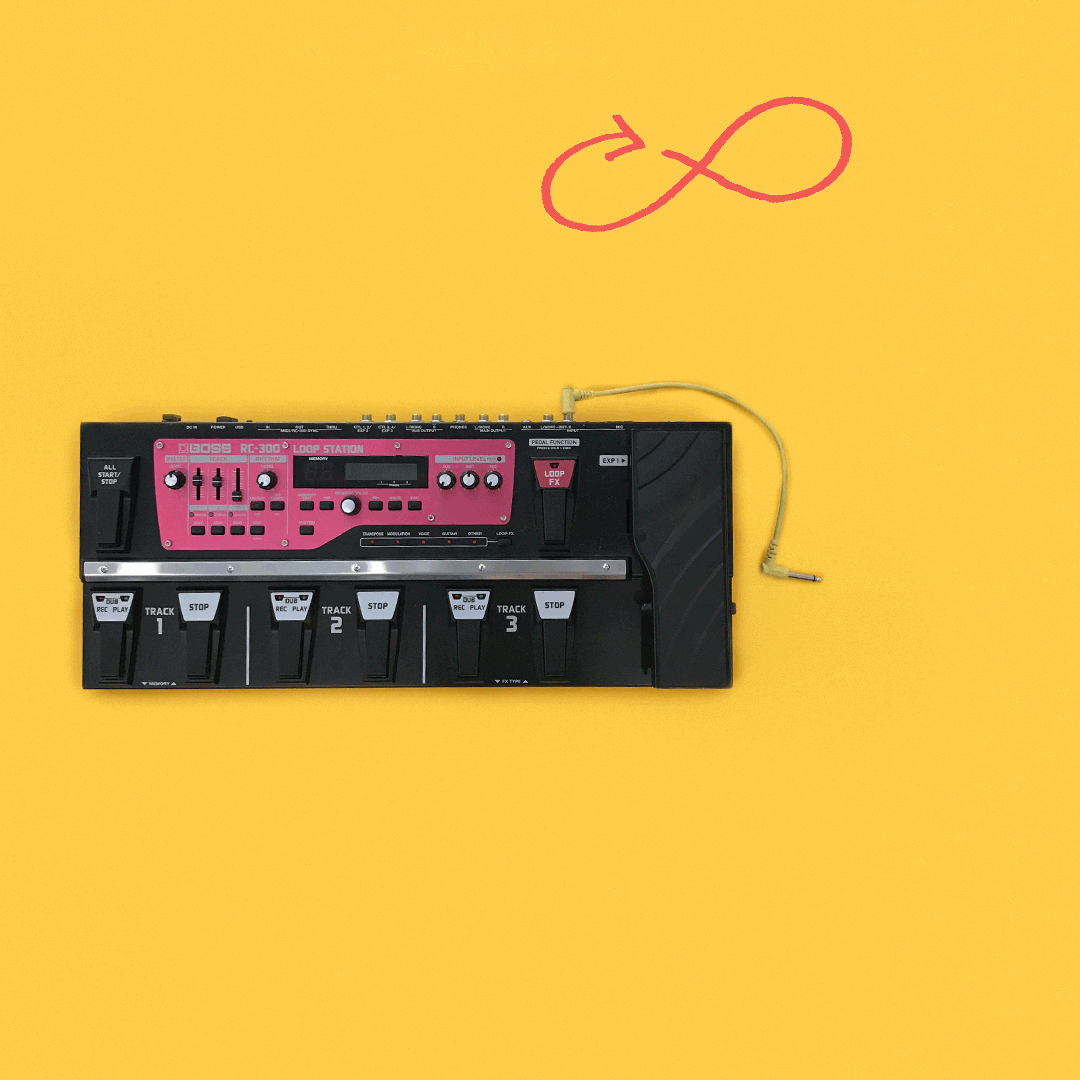
Scenario 1
Any loop you made would be affected by the pedals following it. That means that if you make a clean loop of a chord progression it would only be clean until you engaged any of the pedals following the looper. If you turned on the distortion, it would distort the loop that you had originally recorded clean.
Scenario 2
If you, however, put the looper at the end of this chain:
Distortion -> Delay -> Looper
you could record a clean loop and that loop would stay clean even if you engaged the other pedals. In this instance, you could use distortion and delay on the loop only while it was being recorded, but not after. This is a good way to use a looper—at the end of the chain—because that allows you to make clean, non-effected loops and then add distorted or delayed leads and riffs over the clean background chord progression you recorded on the looper!
A note on tuners:
Because tuners need to hear your instrument very clearly in order to tune it effectively, tuners are best placed at the front of your chain. This way, the guitar isn’t going through any other pedals before it gets to your tuner. This rule is flexible if you find another way that works best for you, though! Many people use tuners as mutes, which work better at the end of your chain, and some pedals, like volume pedals, may have an output especially for a tuning pedal!
A note about effects loops:
Many amps have effects loops in the back, this should just look like an input and output, both labeled “effects loop.” Effect loops work by putting effects, in this case pedals, in between the preamp and power amp of the guitar amplifier. These can work great if you want the signal from your guitar to your amp to have less interference! Pedals like reverb and delay work especially good in the effects loop, while dirt pedals often work a little better in the guitar-to-amp signal chain.
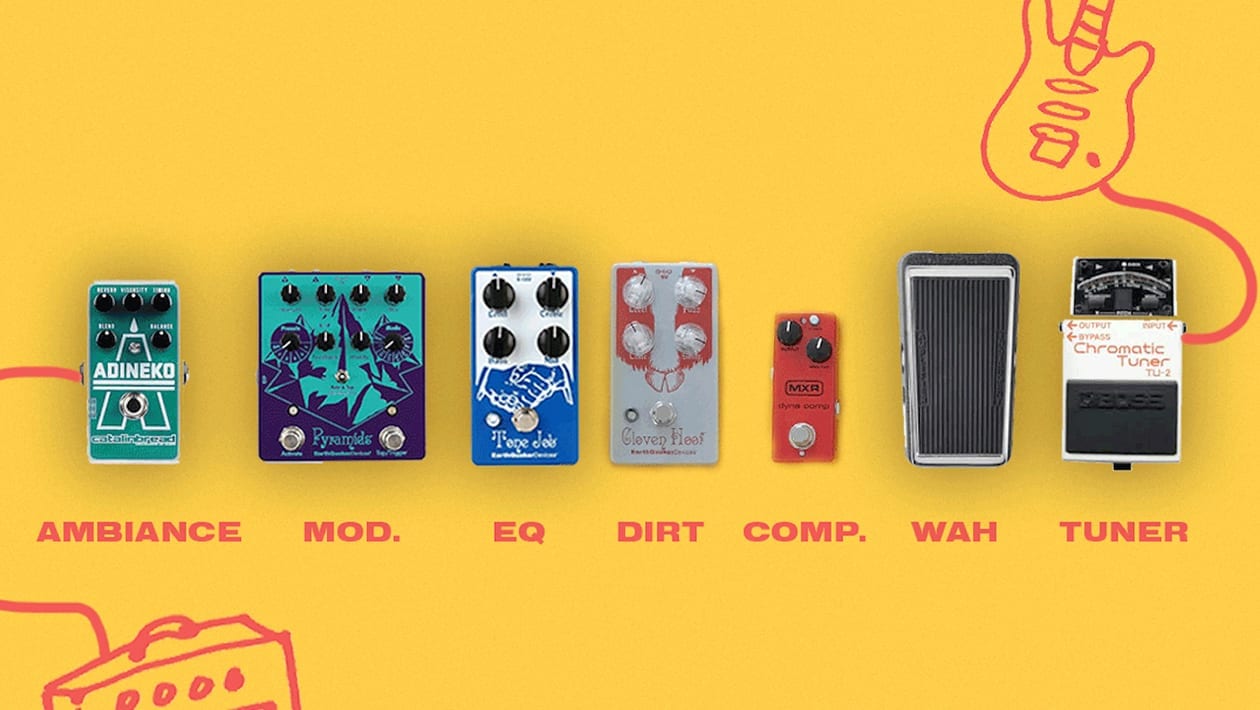


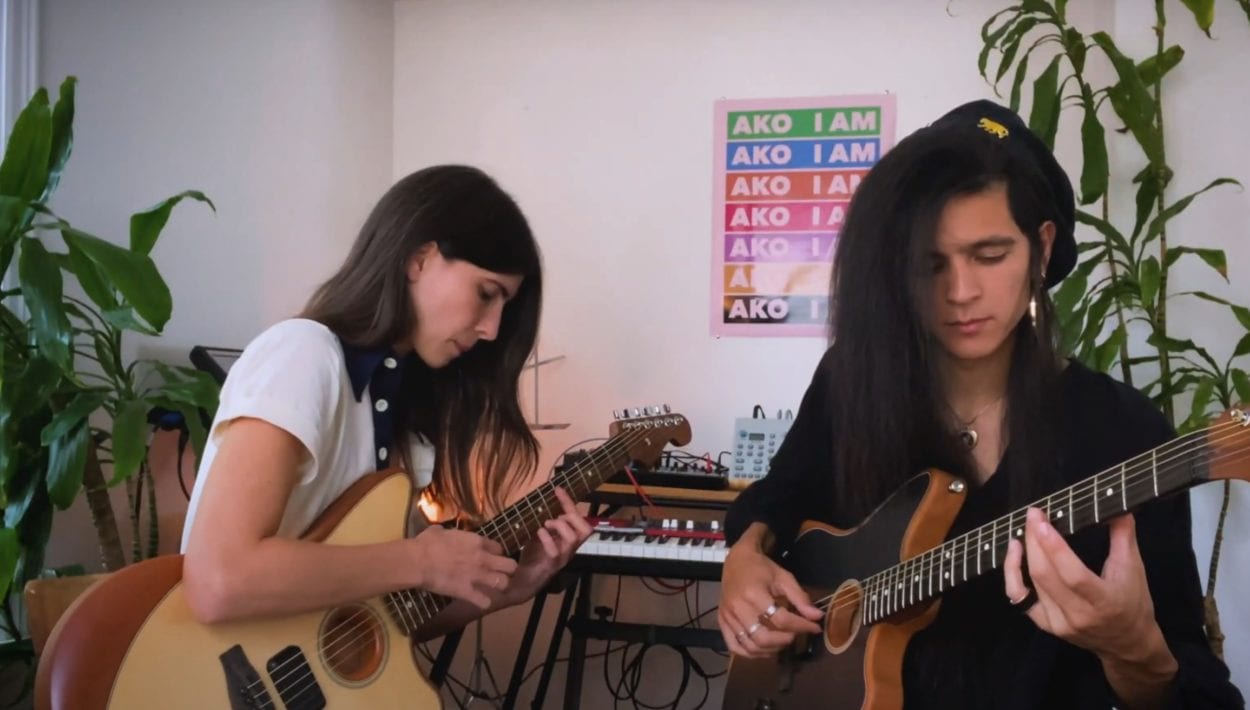

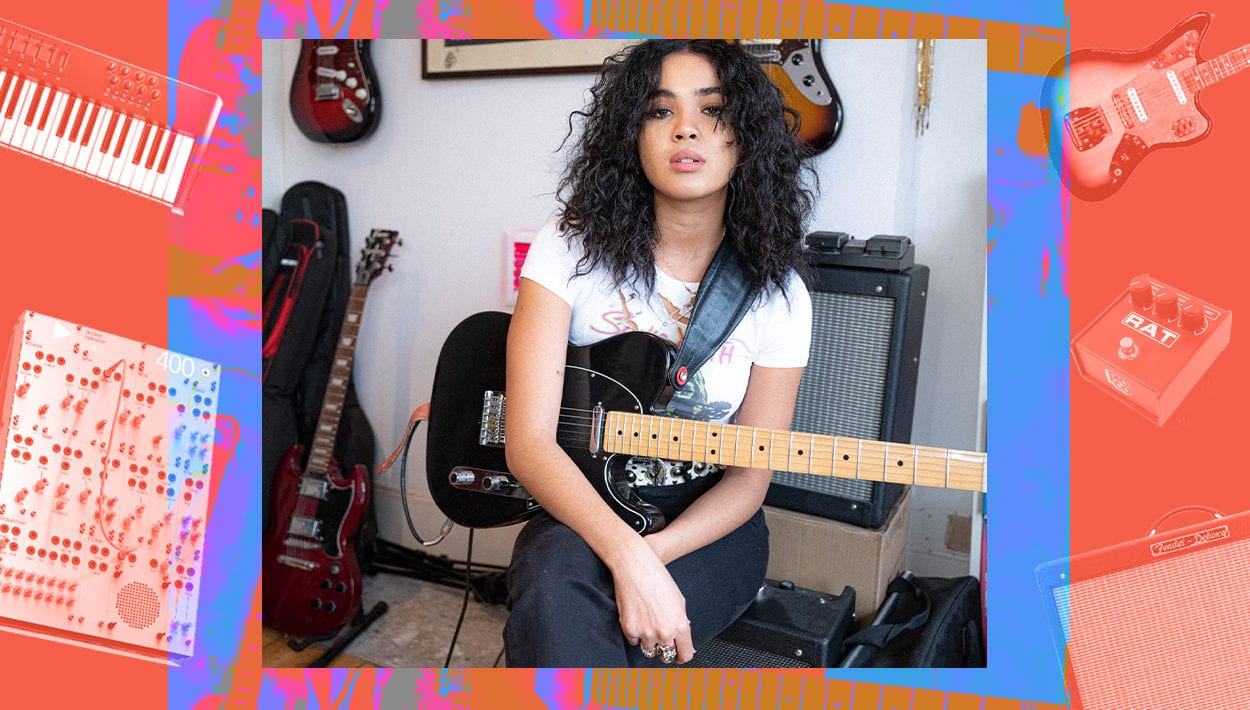
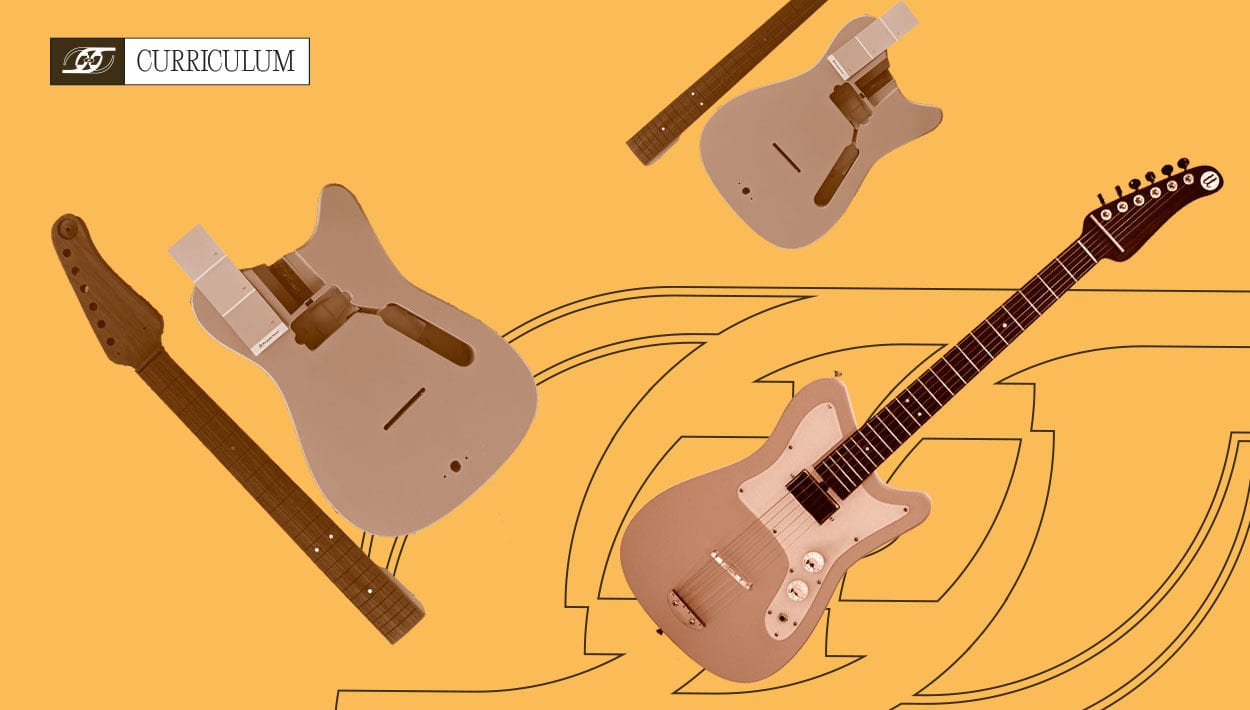
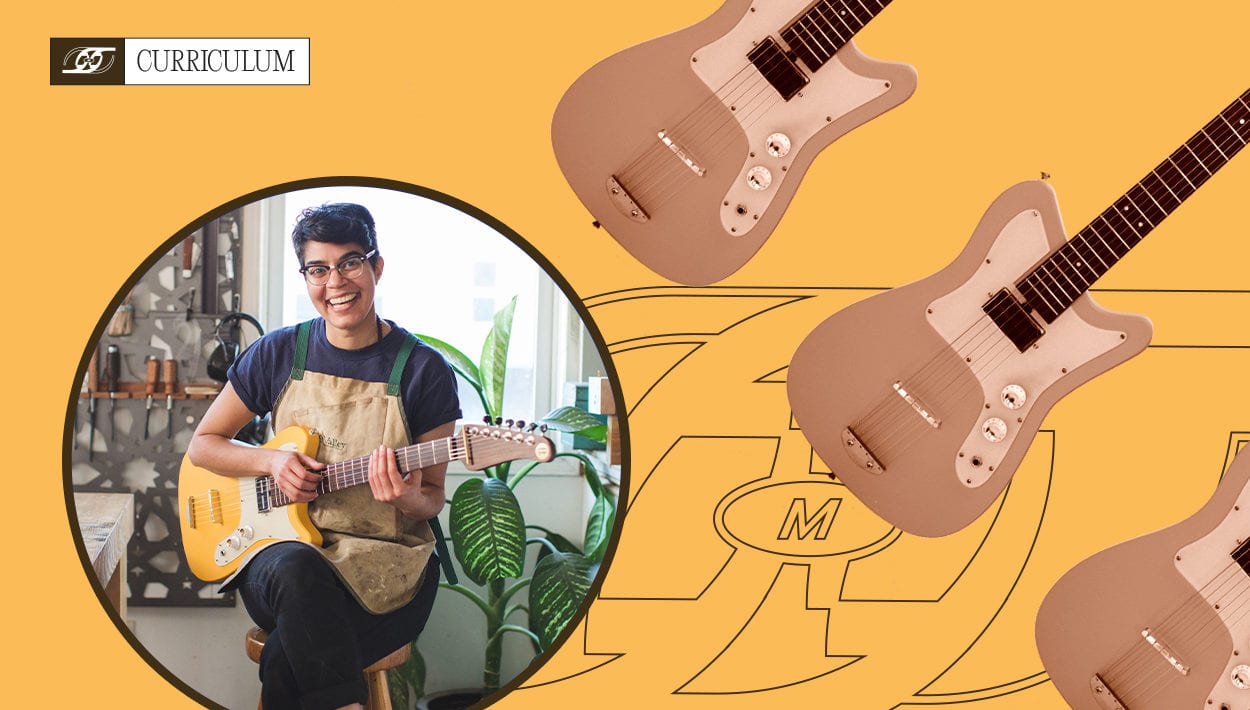
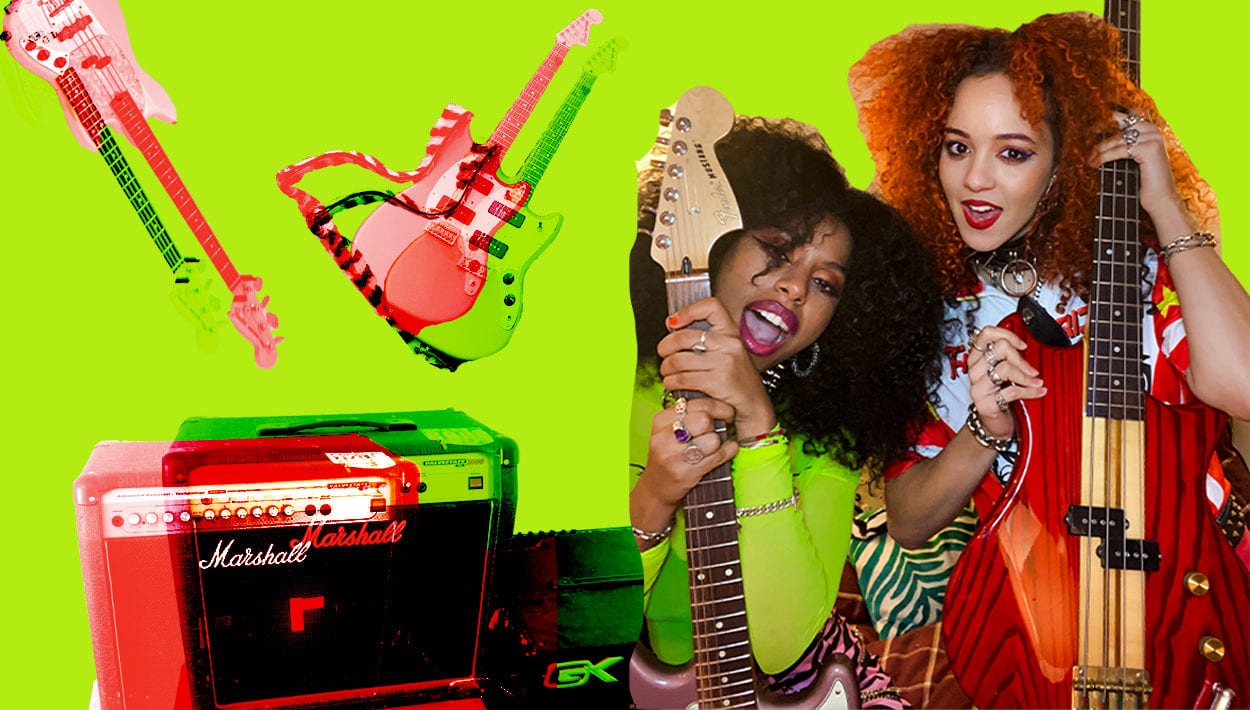
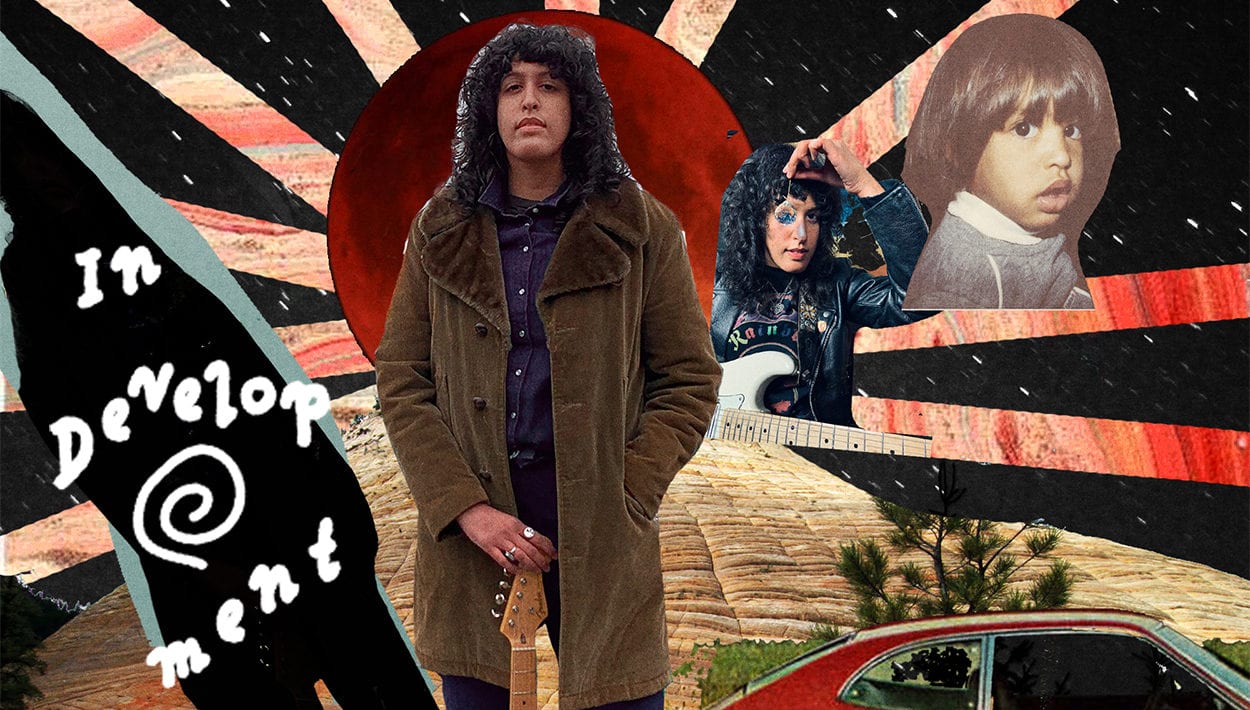
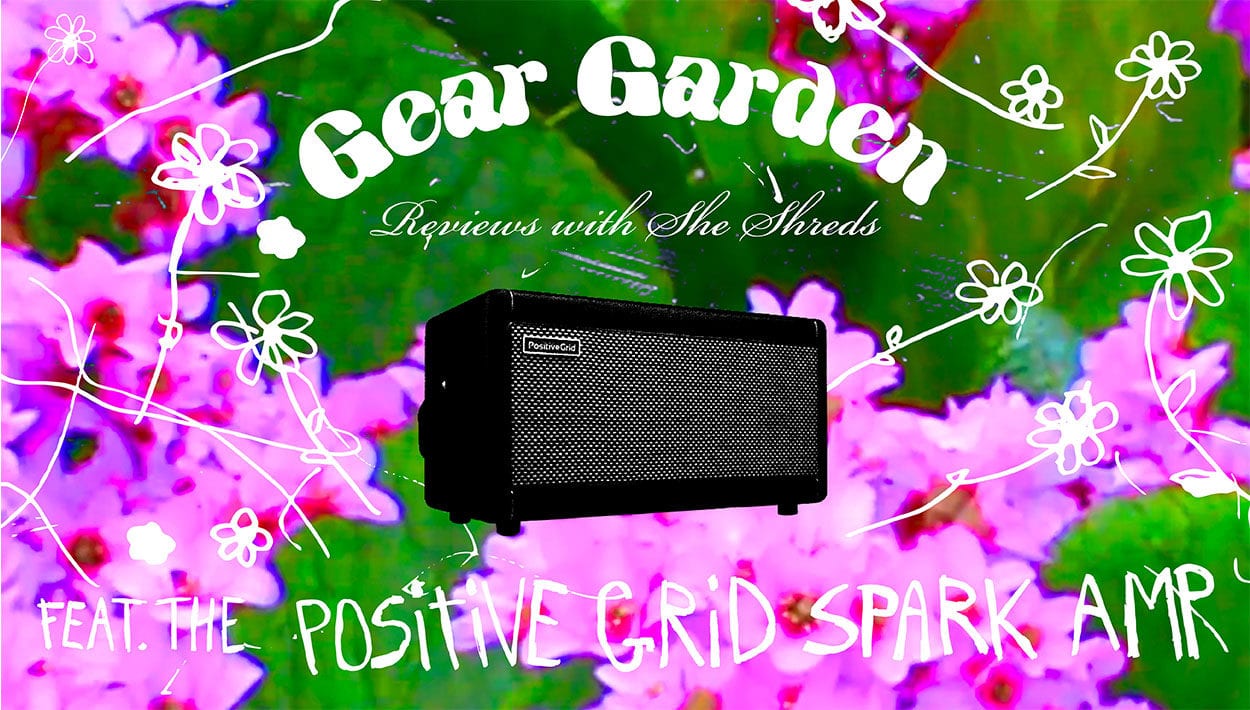
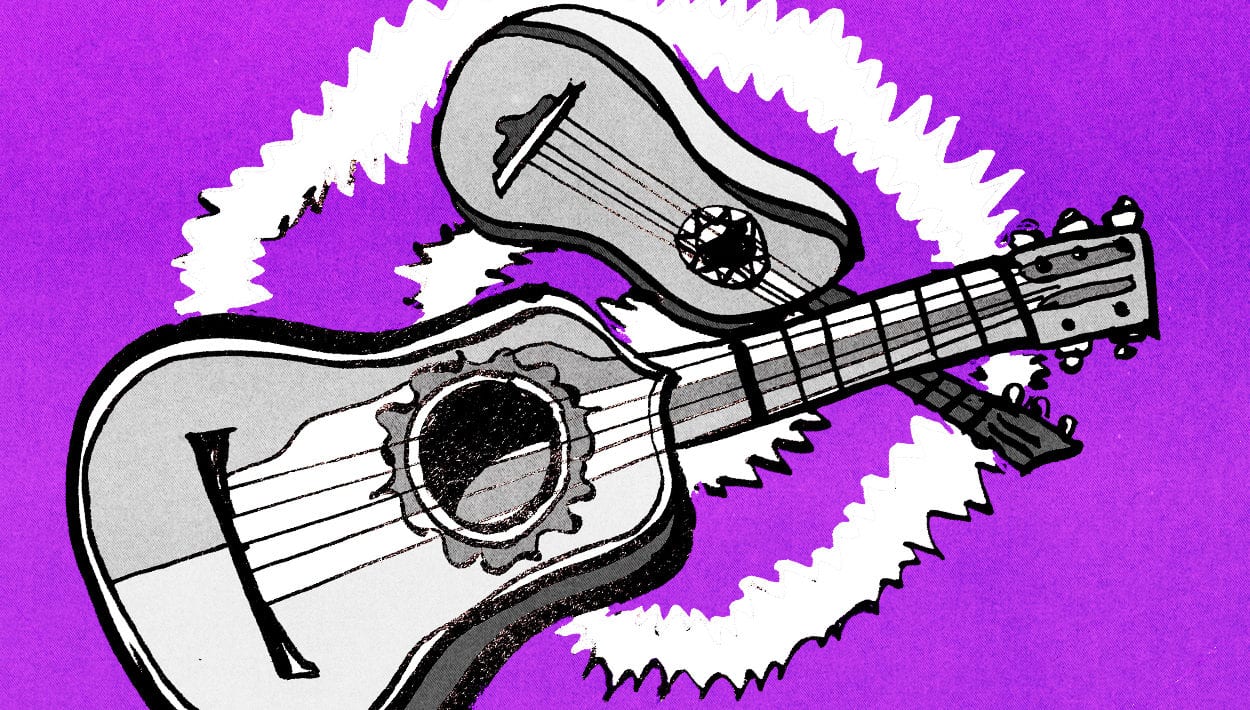


Comments
[…] final thing to consider when putting your board together is the layout of the pedals. Industrial strength Velcro from your local hardware store is both affordable and practical, […]
Pingback by The Guide to Building a Your Own Pedal Board On a Budget on July 25, 2019 at 7:01 amI need someone to pick out one best product from those on this list here.https://latestmusicalinstrument.com/best-computer-for-music-production/
Comment by RobertRoth on August 1, 2019 at 7:46 pm